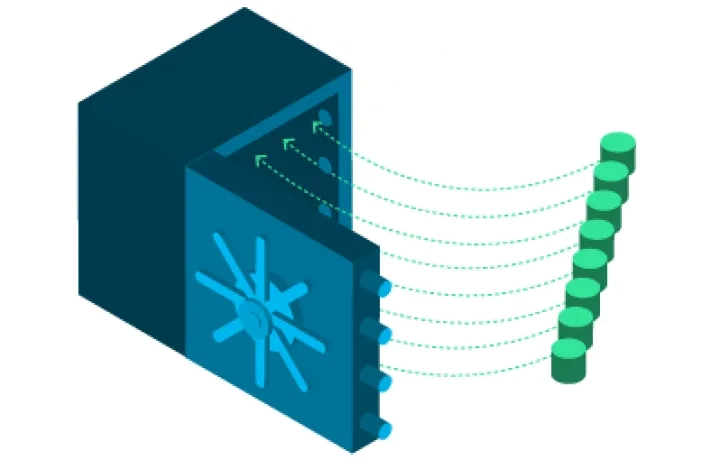Any GIS system is only as good as the data that's in it. ArcGIS provides a complete set of tools that give you the flexibility to store, edit, and manage data in a way that fits with your existing processes.
Harness Big Data
ArcGIS helps you take control of big data so it can be analysed and visualised from a geographic perspective. It brings together not only massive volumes of data but also data of disparate types.
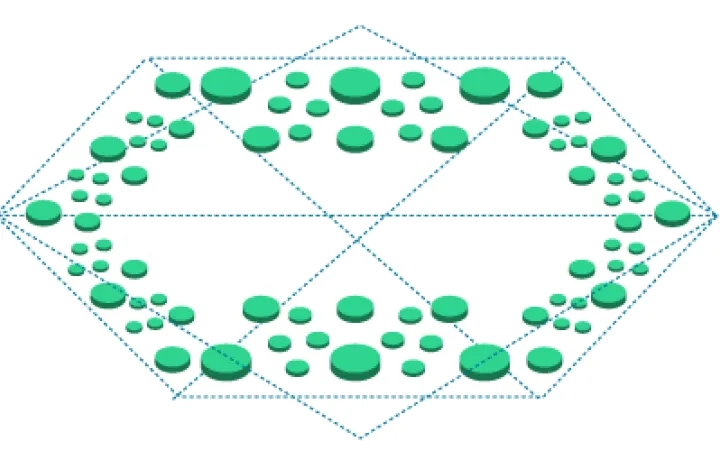
Integrate Your Enterprise
ArcGIS integrates with data stored in your existing business systems to extend their analytical capabilities. ArcGIS enhances your business intelligence, collaboration, productivity, and customer relationship management systems.
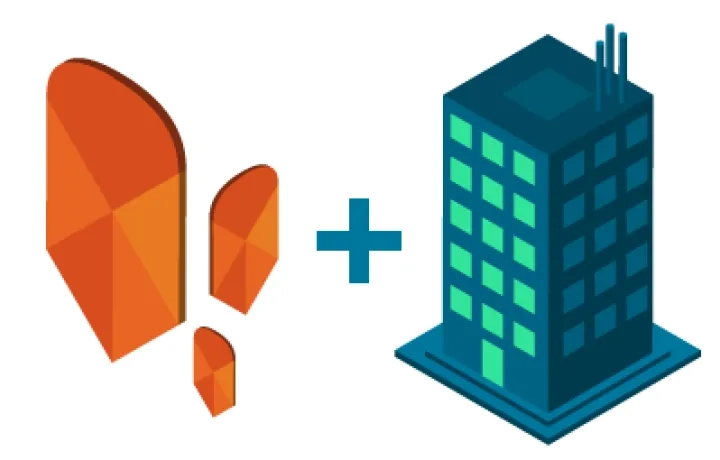
Set Data Rules and Relationships
ArcGIS maintains your data integrity and simplifies data management when the data is stored in a geodatabase. You can define relationships, such as networks and topologies, between your datasets and set rules, such as domains and subtypes, for individual datasets.
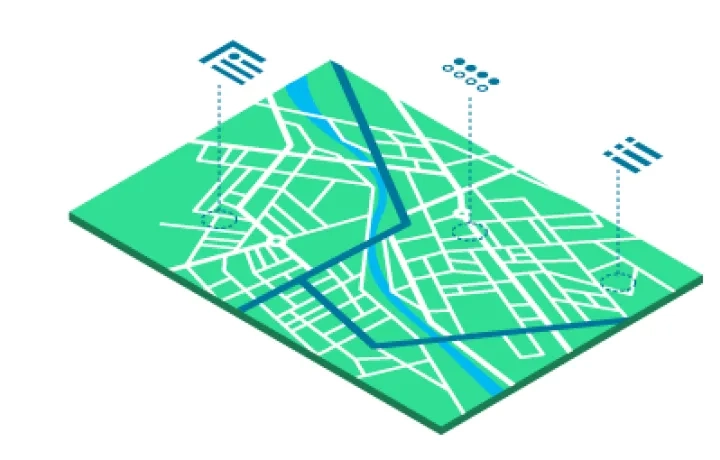
Manage Metadata
Metadata describes the content, quality, origin, and other characteristics of data. It's data about data. Complete and accurate metadata is required to have reliable, quality data. ArcGIS supports custom and standard metadata profiles, including FGDC, ISO, INSPIRE, and Dublin Core.
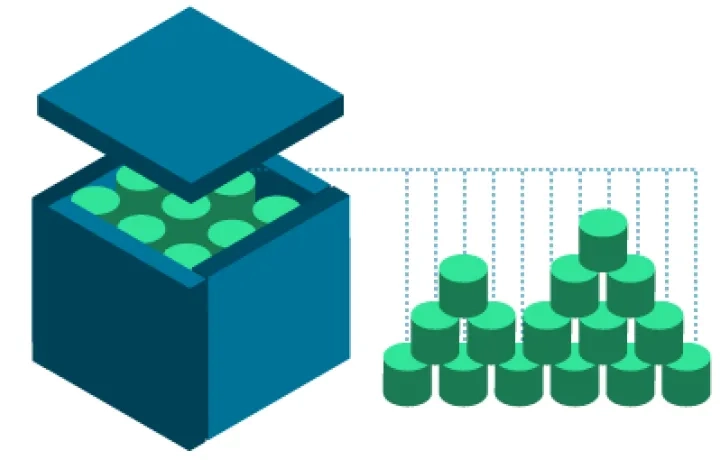
Secure Your Data
ArcGIS is designed to support your organization's specific security requirements and gives you flexibility and control over how your GIS platform is deployed, maintained, secured, and used.
